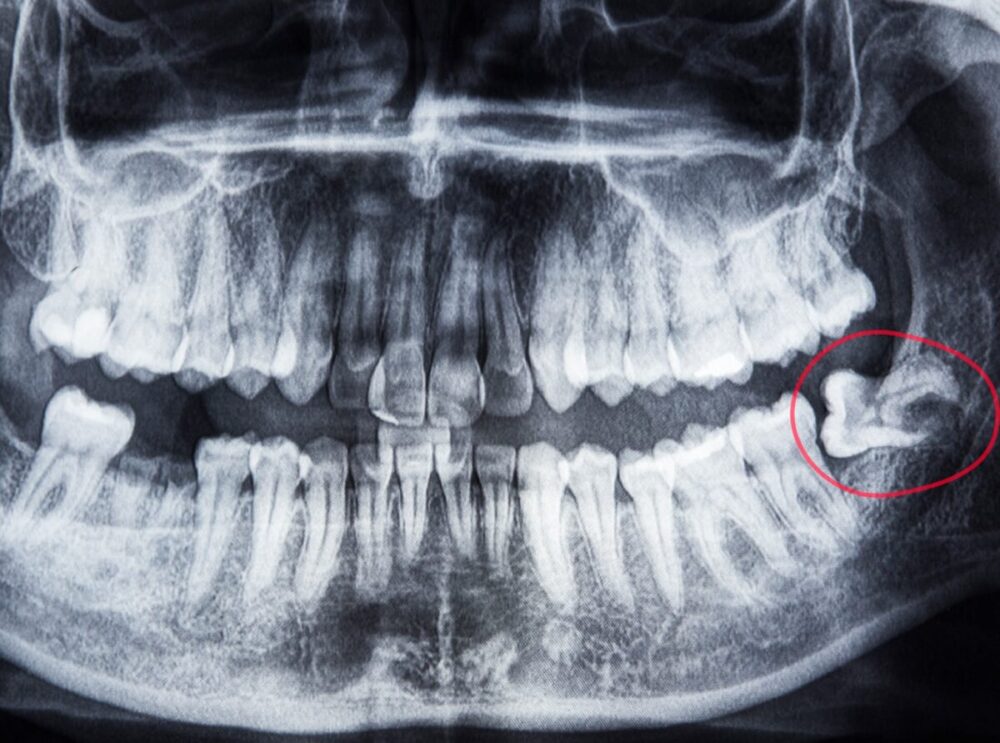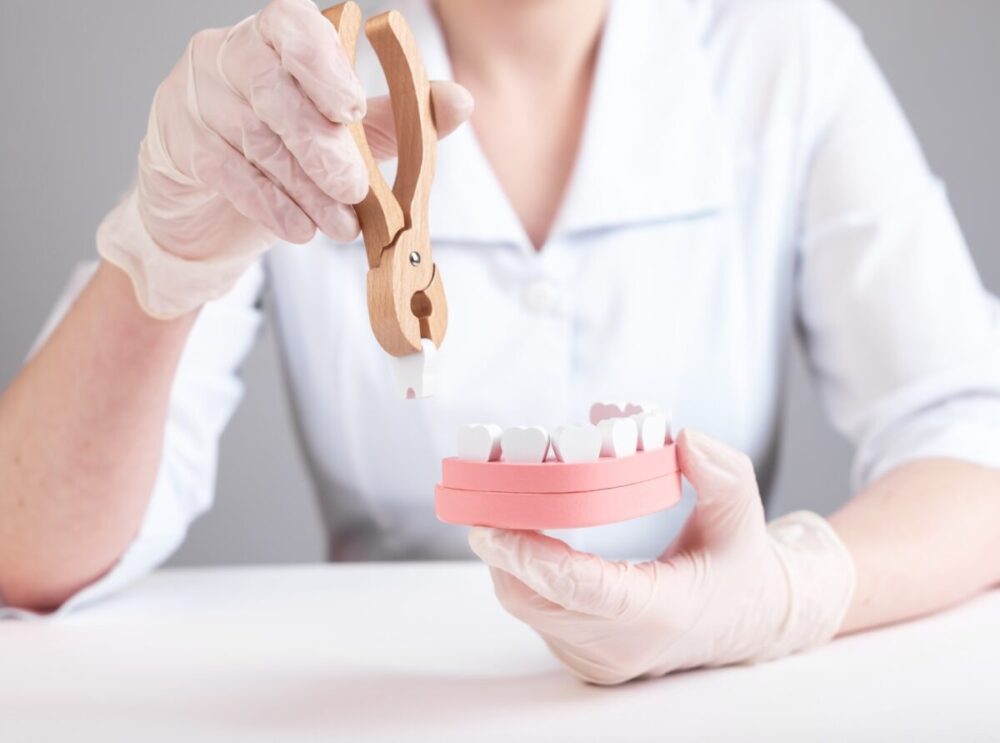Wisdom teeth, colloquially known as third molars, are the final set of teeth to make their grand entrance into your mouth, typically between the ages of 17 and 25. These teeth, remnants of our ancient ancestors’ dietary needs, helped process a diet of hard-to-chew foods. Today, however, with changes in human diets and evolution of jaw sizes, these late bloomers often pose more problems than solutions due to frequent misalignments. The purpose of this blog post is to shed light on such dental anomalies, exploring their implications, and discussing the available and most effective solutions.
Understanding Wisdom Teeth
Situated at the very back of your mouth, one in each corner, wisdom teeth are like the elusive guests at the party – arriving last and often causing unexpected disruptions. While these teeth were valuable assets for our ancestors, they frequently pose problems in contemporary humans. Modern-day jaws have evolved to become smaller, leading to a lack of sufficient room for them to erupt and align properly, causing various complications such as impaction and misalignment.

Signs of Misalignment
Misaligned wisdom teeth are no silent troublemakers, and you ought to know when you’re in the zone of wisdom teeth extraction procedure. They announce their presence with a host of symptoms that you cannot overlook. Persistent pain, swollen and bleeding gums, swelling around the jaw, and issues with normal mouth function are common indicators of misaligned wisdom teeth. Regular dental checkups are the best means to detect any potential problems early, making early detection and evaluation possible. Remember, prevention is always better than cure, particularly with dental issues!
Implications of Misaligned Wisdom Teeth
Misalignment of wisdom teeth can lead to various complications. Firstly, they can exert undue pressure on neighboring teeth, causing discomfort and potentially changing the alignment of your existing dentition. Secondly, due to their inconvenient location, they become breeding grounds for bacteria, increasing susceptibility to dental issues such as decay and gum disease. Hence, it’s crucial to keep an eye out for any irregularities in your wisdom teeth.
Complications from Misaligned Wisdom Teeth
When wisdom teeth misaligned, they may become impacted, a condition where teeth are unable to fully break through the gum line. This leads to a host of problems including the formation of cysts or tumors, severe discomfort, and in some cases, damage to the jawbone and neighboring teeth. This underlines the importance of early detection and intervention in cases of the named misalignment.

Diagnosing Misaligned Wisdom Teeth
Dentists employ a range of imaging techniques, including X-rays, to scrutinize the position of wisdom teeth and diagnose whether they are misaligned. Regular dental check-ups serve as the frontline defense in early detection of issues with wisdom teeth, helping preempt severe complications. These visits to the dentist can make the difference between a simple preventive procedure and a complicated surgical one.
Treatment Options for Misaligned Wisdom Teeth
The roadmap to treating misaligned wisdom teeth varies greatly and is determined by the extent of the misalignment. In severe cases, where the wisdom teeth are drastically misaligned or impacted, the go-to solution is often a surgical extraction. This dental procedure involves the removal of problematic teeth under the influence of anesthesia, usually performed by a specialized oral surgeon. Following the extraction, patients enter a recovery period where adherence to specific aftercare instructions is crucial. The dentist provides guidelines to help manage pain, prevent complications such as dry socket or infection, and promote healing, including dietary advice and oral hygiene instructions.
Treatment Options for Misaligned Wisdom Teeth (contd.)
In instances of less critical misalignment, orthodontic treatments provide a non-surgical alternative. Orthodontic devices such as braces or clear aligners can be customized to address the specific misalignment and guide the wisdom teeth towards the correct position. While these treatments usually demand more time and require patient commitment, they yield satisfying, long-lasting results. Regular follow-ups with the orthodontist are necessary to ensure the treatment is progressing as planned and make any adjustments as required. This continuous evaluation optimizes the treatment effectiveness and ensures patient comfort throughout the process.

Non-Surgical Approaches for Minor Misalignments
In the case of minor misalignments, a more conservative, non-invasive approach might be the answer. These approaches include procedures like tooth reshaping or contouring which aim to create more space in the mouth, enabling the wisdom tooth to adjust naturally. These non-surgical options offer fewer risks and a quicker recovery time compared to surgical procedures. However, it’s important to note that these options have their limitations and are not a one-size-fits-all solution. They are only suitable for specific, less severe scenarios. As such, consulting with a dentist is essential to assess the situation and determine the best course of action tailored to each individual’s unique case.
Coping with Fear and Anxiety
Dental procedures, particularly those that are surgical in nature, can induce anxiety in many individuals. This anxiety, however, can be managed by employing certain techniques. Deep breathing exercises, listening to calming music, or using stress balls can help reduce anxiety and create a more relaxed environment. Equally important is open communication with your dental team about your fears and concerns. Understanding your anxiety allows them to adapt their approach, provide reassurances, and use strategies to make your experience as comfortable as possible, thus fostering a more positive dental experience.
Post-Treatment Care and Recovery
Once the extraction is complete, adherence to the dentist’s aftercare instructions is of utmost importance. Managing pain and swelling is usually accomplished with prescribed medications. Additionally, a diet of soft foods and plenty of fluids is recommended initially to prevent undue stress on the surgical site and promote healing. It’s essential to remember that careful aftercare is integral to a smooth recovery and plays a pivotal role in preventing complications. Following these instructions meticulously will help ensure a quick and uneventful recovery.

Prevention and Proactive Measures
Prevention is a cornerstone of dental health, particularly when it comes to potential issues with wisdom teeth. Preventive dentistry plays a significant role in managing wisdom teeth misalignment. Regular dental check-ups and early intervention strategies can help preempt severe misalignment issues. It’s far better to anticipate and prevent problems rather than addressing them after they arise. Thus, when it comes to wisdom teeth, being proactive, and not waiting for problems to emerge is key. Regularly seeking professional dental advice and taking swift action upon the dentist’s recommendations is always the most prudent course of action.





